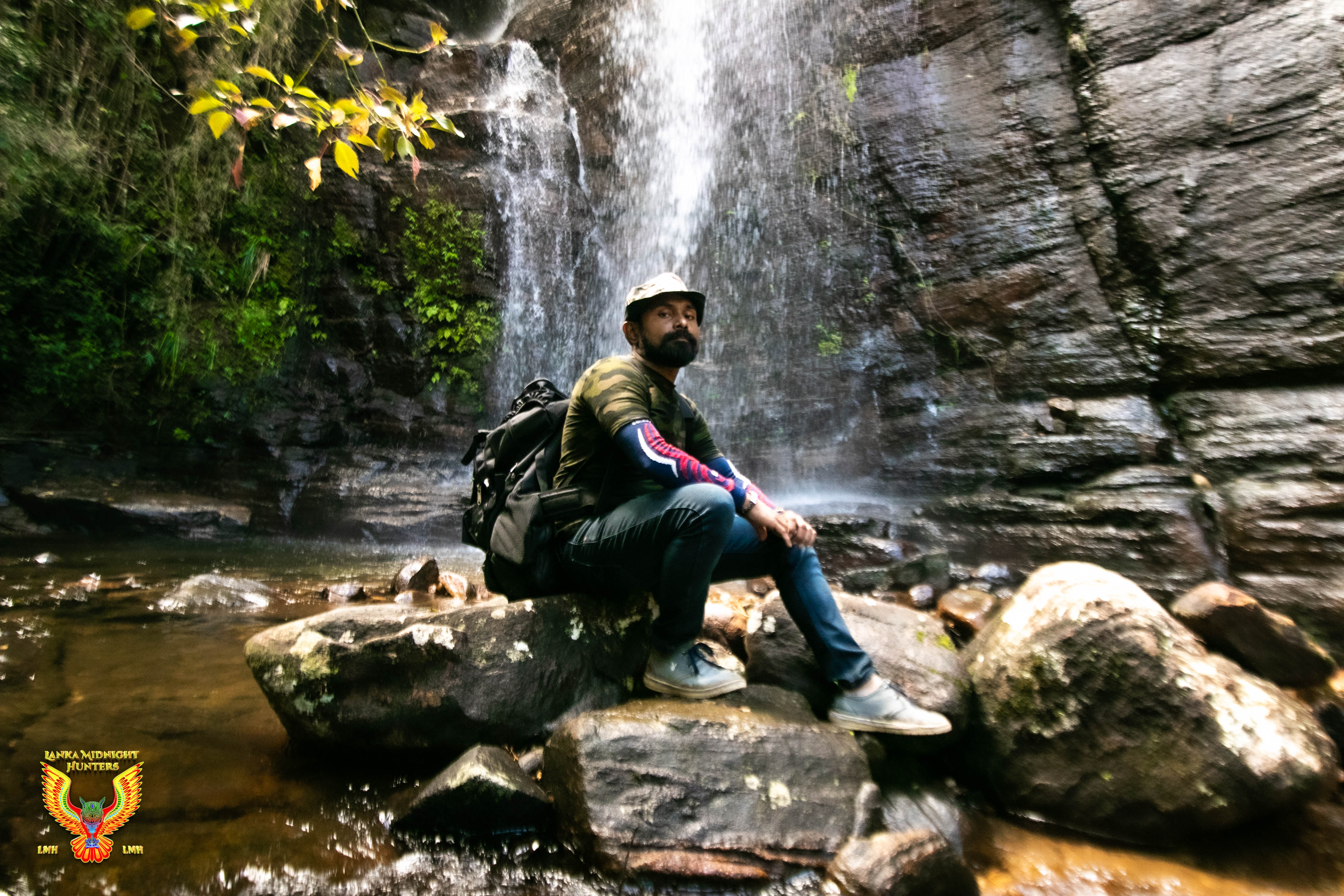
Contributor
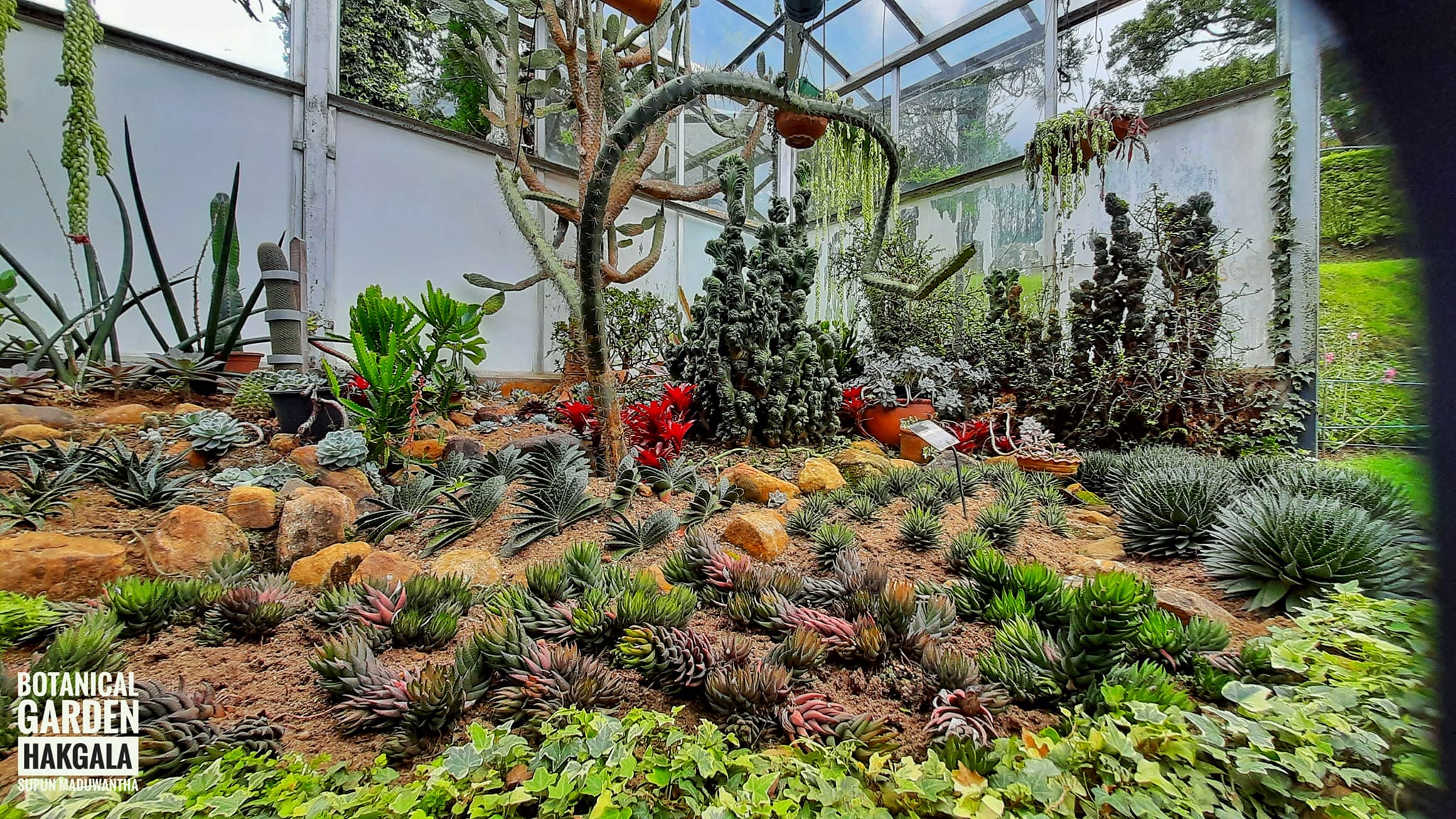
𝐇𝐚𝐤𝐠𝐚𝐥𝐚 𝐁𝐨𝐭𝐚𝐧𝐢𝐜𝐚𝐥 𝐆𝐚𝐫𝐝𝐞𝐧
■ Hakgala Botanical Garden is one of Sri Lanka's five renowned botanical gardens, alongside Peradeniya, Henarathgoda, Mirijjawila, and Seetawaka Botanical Gardens. As the second-largest garden in the country, it shares its boundaries with the Hakgala Strict Nature Reserve, enhancing its natural beauty and biodiversity.
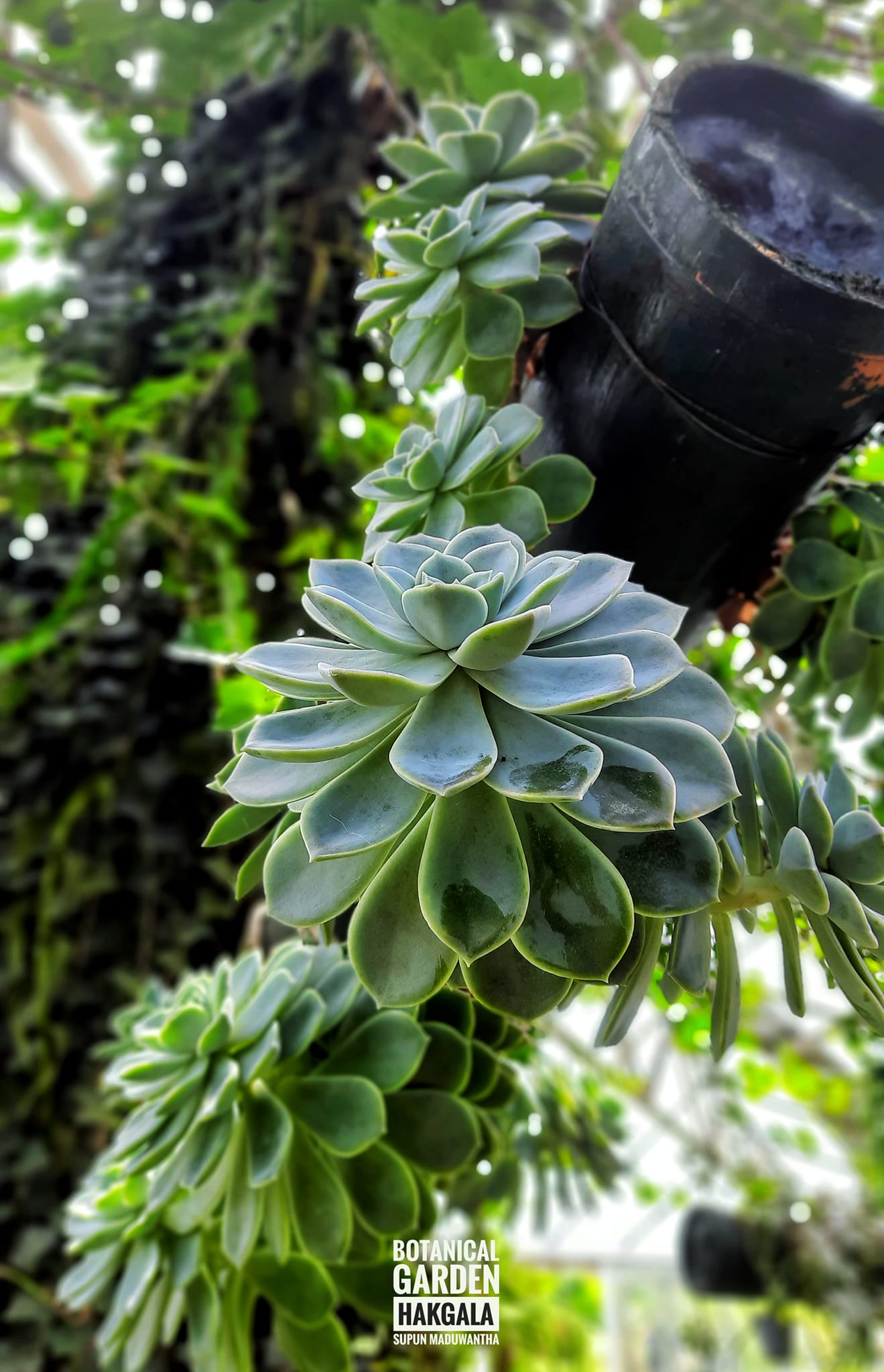
𝐇𝐚𝐤𝐠𝐚𝐥𝐚 𝐁𝐨𝐭𝐚𝐧𝐢𝐜𝐚𝐥 𝐆𝐚𝐫𝐝𝐞𝐧
■ Located at an altitude of approximately 1,745 meters above sea level, the Hakgala Botanic Gardens span around 28 hectares and are nestled beneath the towering Hakgala Rock, which is also known as "Elephant’s Jaw Rock."
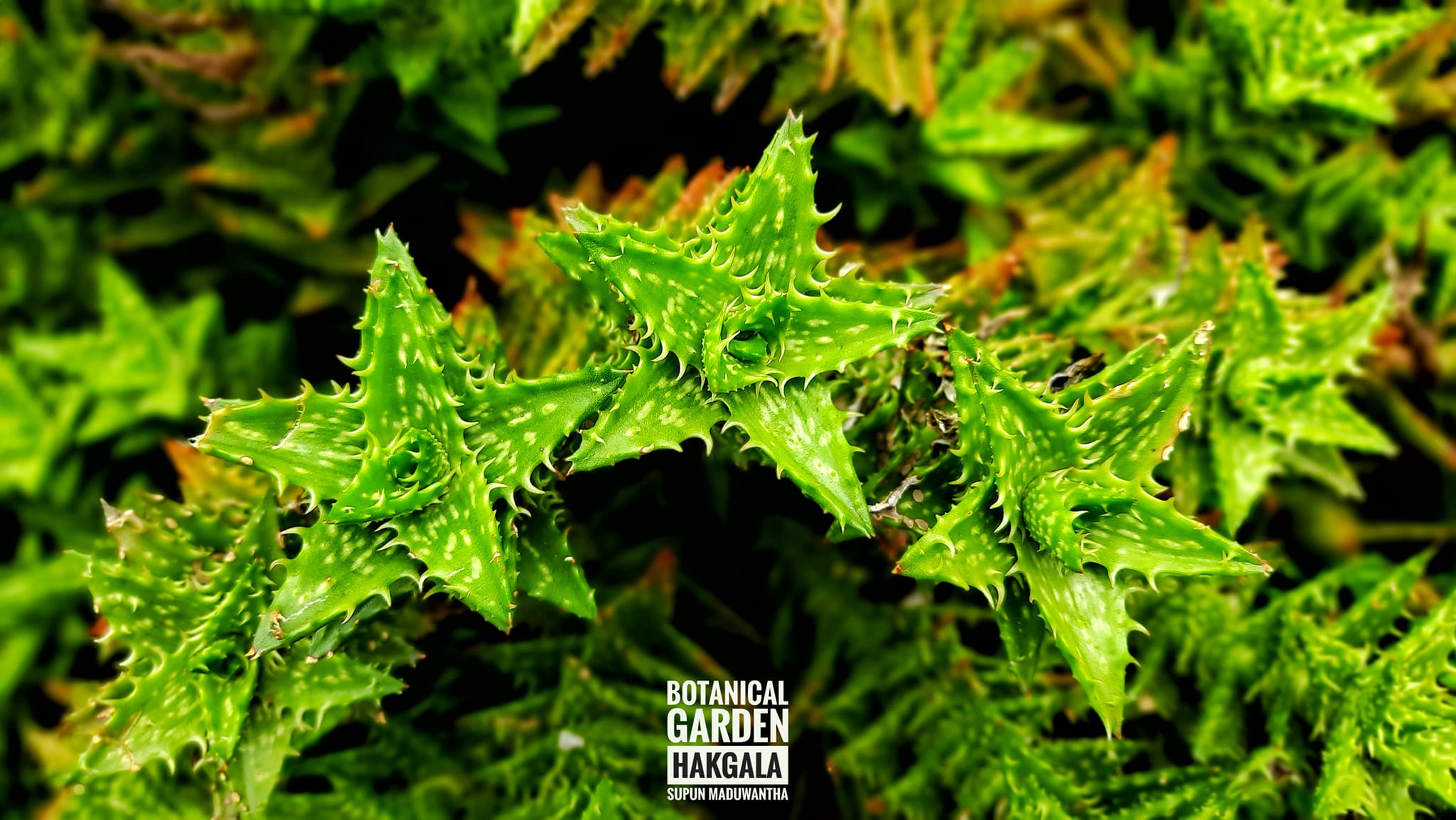
𝐇𝐚𝐤𝐠𝐚𝐥𝐚 𝐁𝐨𝐭𝐚𝐧𝐢𝐜𝐚𝐥 𝐆𝐚𝐫𝐝𝐞𝐧
■ Rising to a height of approximately 2,200 meters, this imposing rock looms behind the gardens, standing like a solitary giant over the surrounding forest reserve. The gardens themselves are arranged in terraced levels on the lower slopes of the rock, offering a stunning view of the Uva Valley. From this vantage point, visitors can admire breathtaking panoramas of the Madulsima and Namunukula mountain ranges in the far distance.
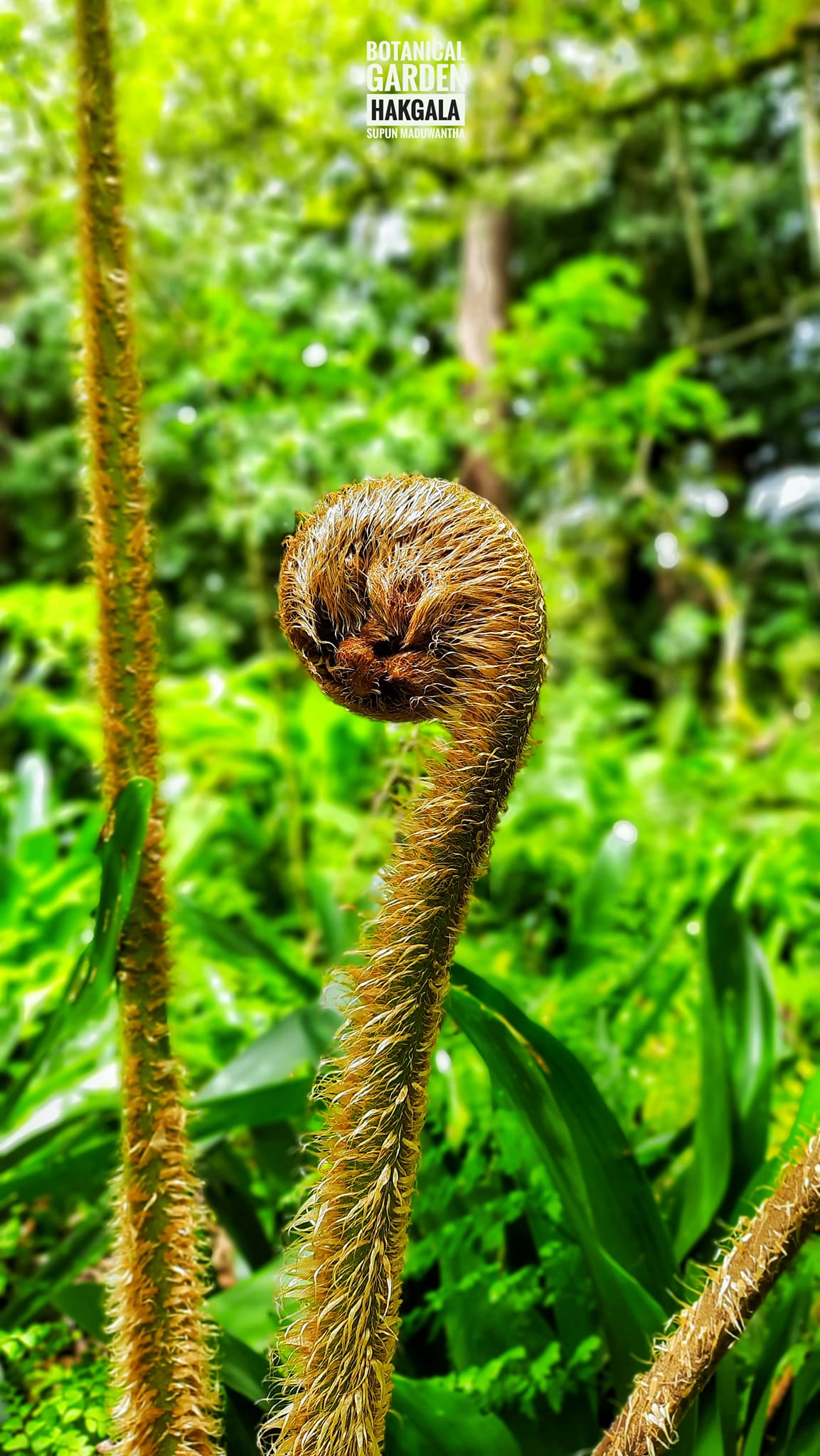
𝐇𝐚𝐤𝐠𝐚𝐥𝐚 𝐁𝐨𝐭𝐚𝐧𝐢𝐜𝐚𝐥 𝐆𝐚𝐫𝐝𝐞𝐧
■ The climate of the Hakgala Gardens is subtropical, characterized by cool, fresh air that evokes a somewhat alpine atmosphere. Temperatures typically range from 3°C to 15°C, with the lowest recorded temperature being 3°C. The gardens experience rainfall from two monsoon seasons: the Southwest monsoon from May to August, and the Northeast monsoon from October to December. On average, the area receives around 2,300 mm of rainfall annually.
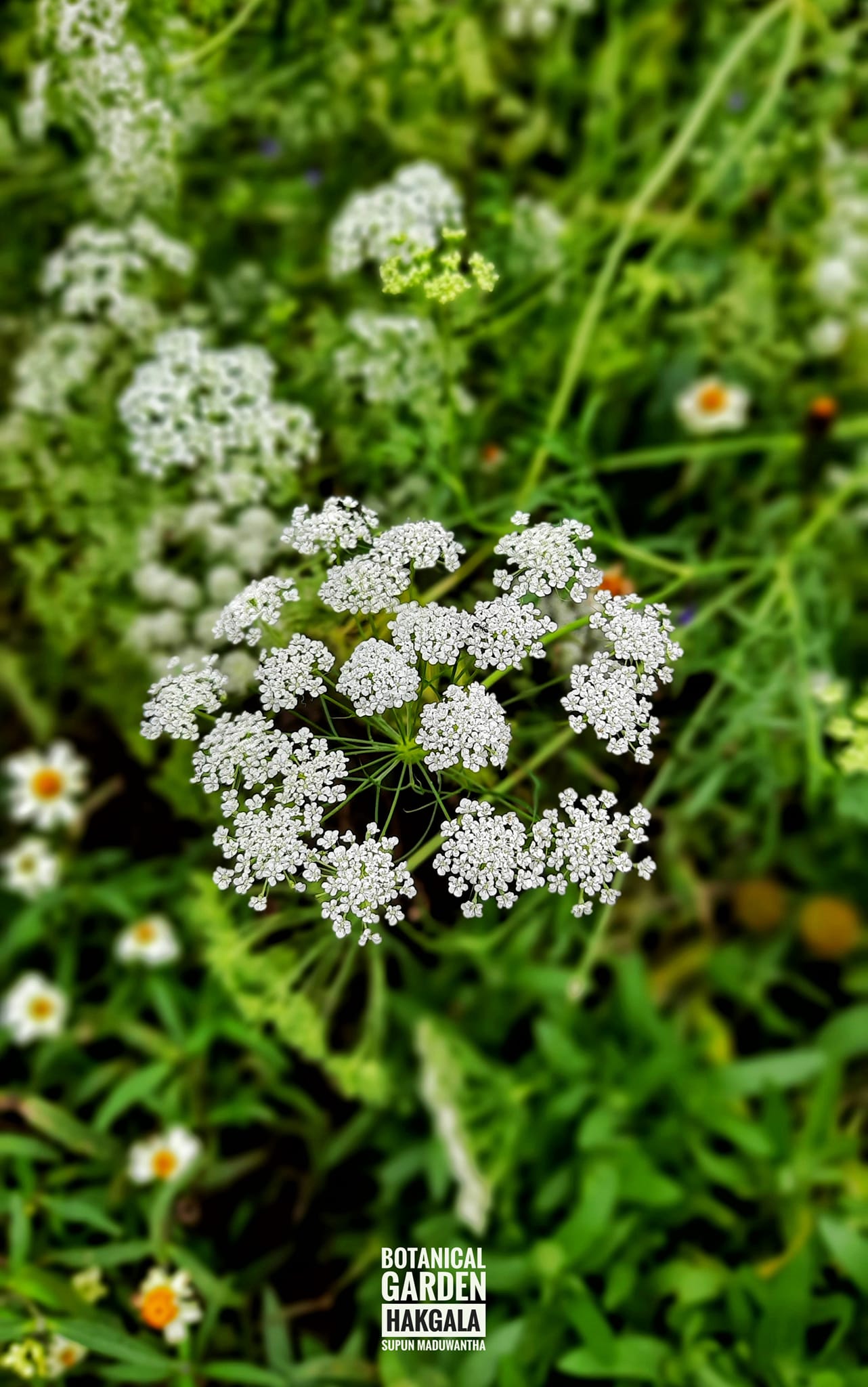
𝐇𝐚𝐤𝐠𝐚𝐥𝐚 𝐁𝐨𝐭𝐚𝐧𝐢𝐜𝐚𝐥 𝐆𝐚𝐫𝐝𝐞𝐧
■ Established in 1861 under the direction of George Henry Kendrick Thwaites, the garden initially focused on the experimental cultivation of Cinchona, a commercially valuable crop at the time. As tea began to replace Cinchona, the garden shifted its focus to experimental tea cultivation. By 1884, it had officially transformed into a botanical garden, where a variety of subtropical and some temperate plants were introduced and cultivated.

𝐇𝐚𝐤𝐠𝐚𝐥𝐚 𝐁𝐨𝐭𝐚𝐧𝐢𝐜𝐚𝐥 𝐆𝐚𝐫𝐝𝐞𝐧
𝐇𝐚𝐤𝐠𝐚𝐥𝐚 𝐁𝐨𝐭𝐚𝐧𝐢𝐜𝐚𝐥 𝐆𝐚𝐫𝐝𝐞𝐧

𝐇𝐚𝐤𝐠𝐚𝐥𝐚 𝐁𝐨𝐭𝐚𝐧𝐢𝐜𝐚𝐥 𝐆𝐚𝐫𝐝𝐞𝐧
𝐇𝐚𝐤𝐠𝐚𝐥𝐚 𝐁𝐨𝐭𝐚𝐧𝐢𝐜𝐚𝐥 𝐆𝐚𝐫𝐝𝐞𝐧